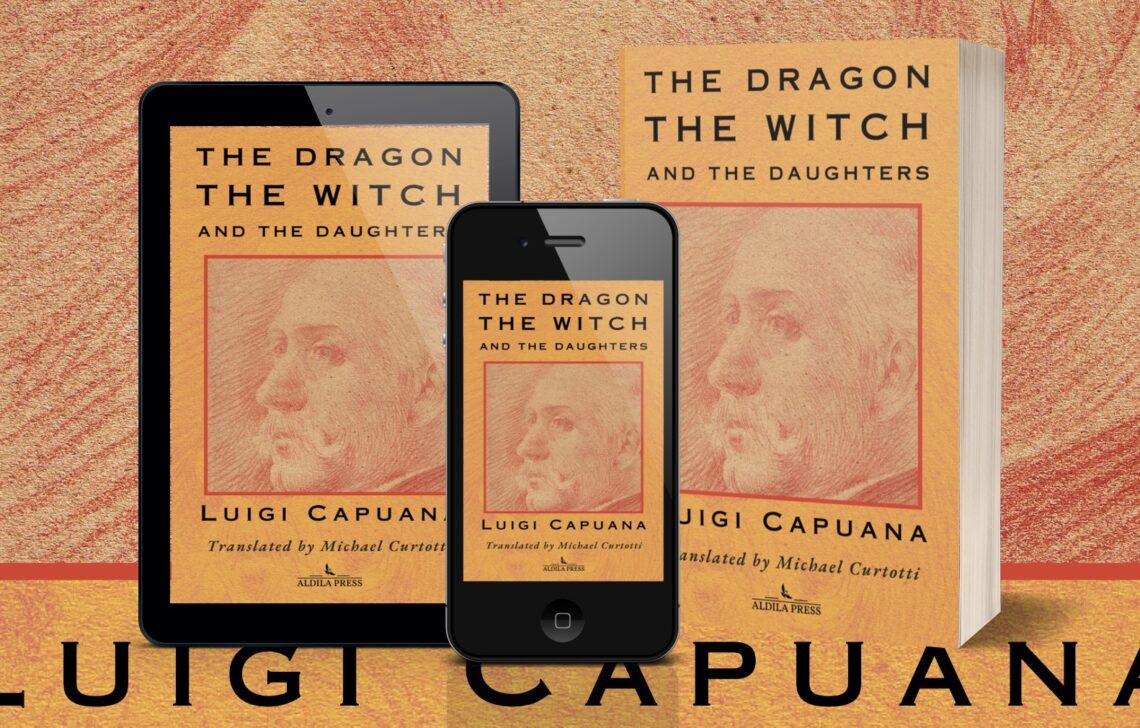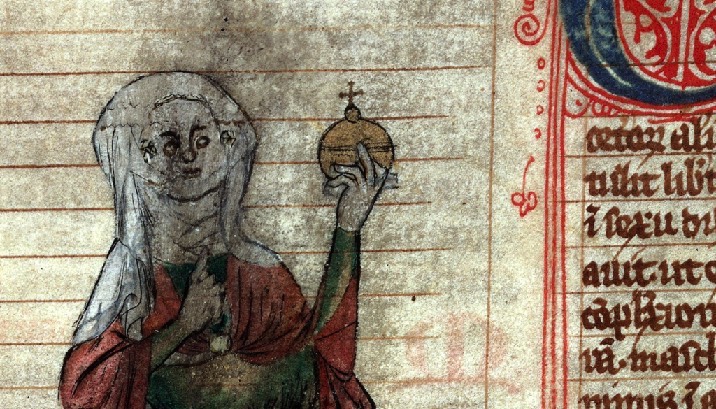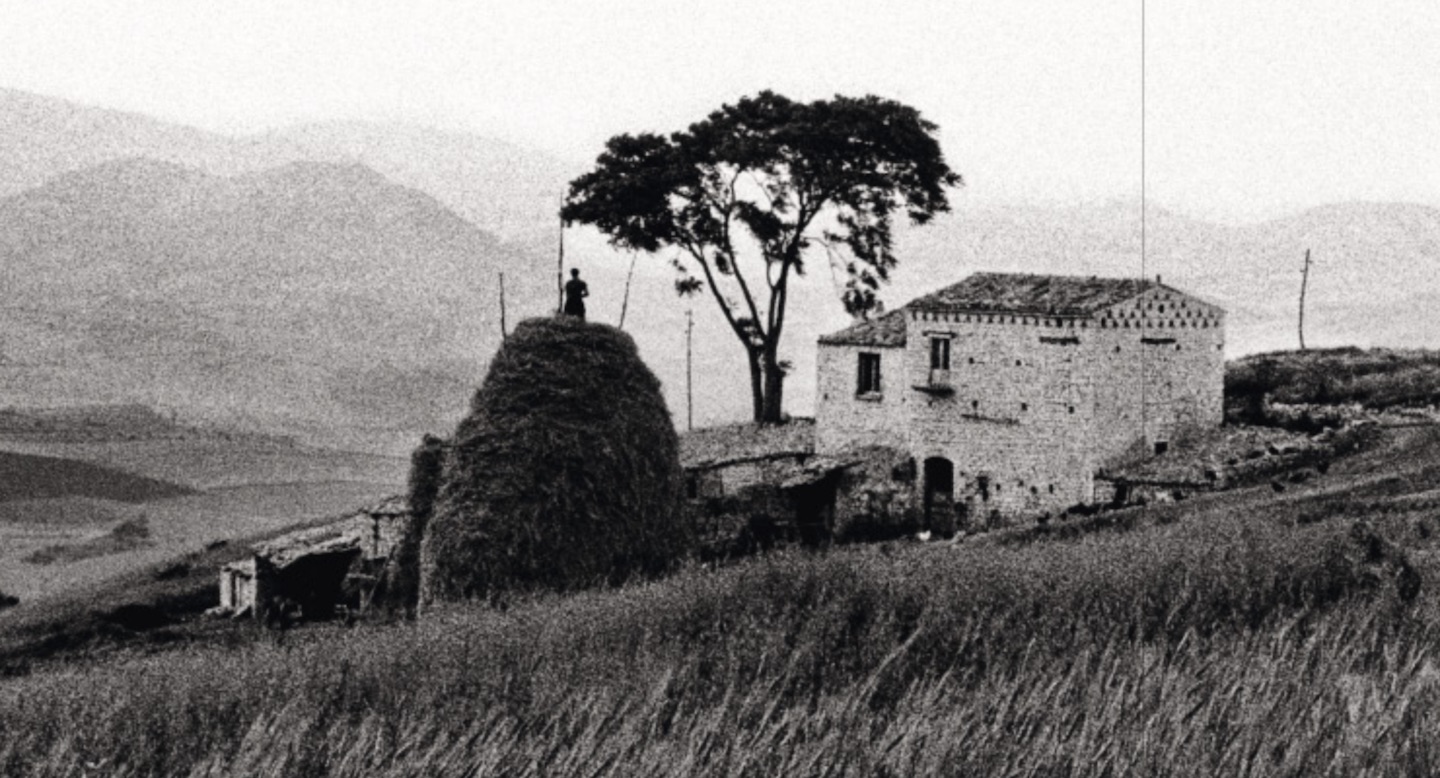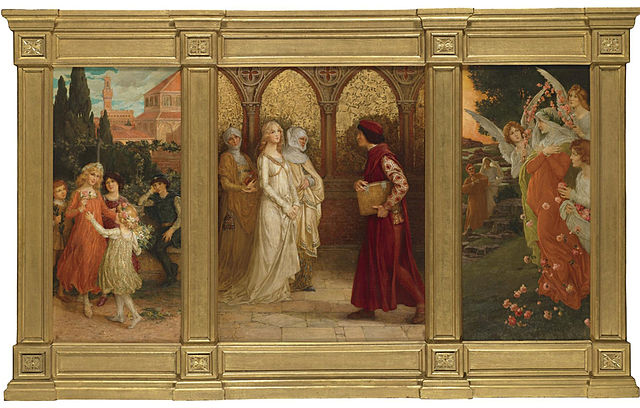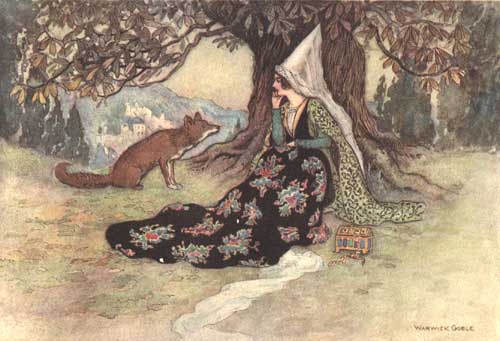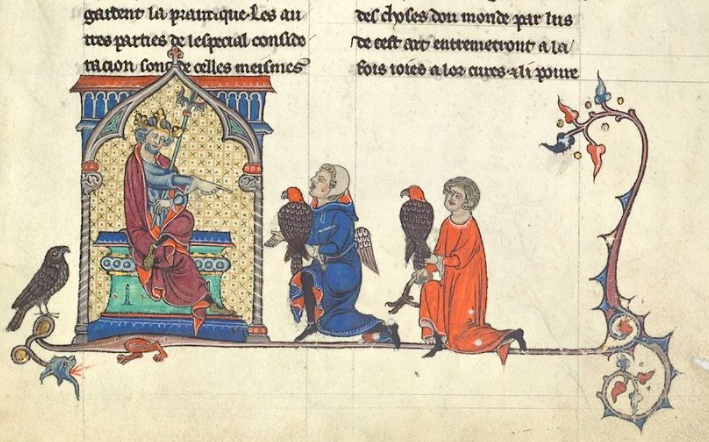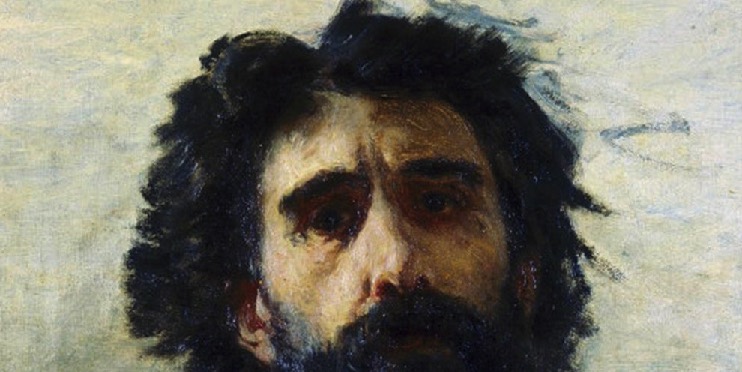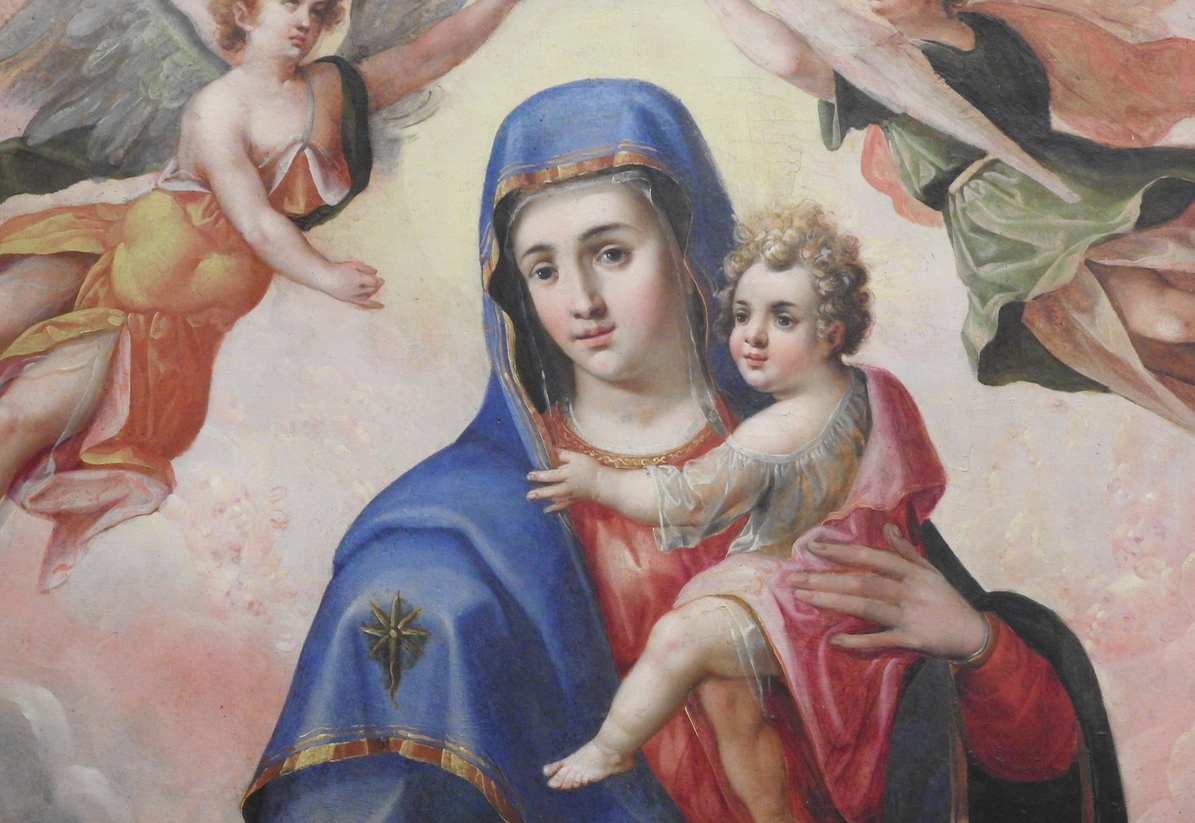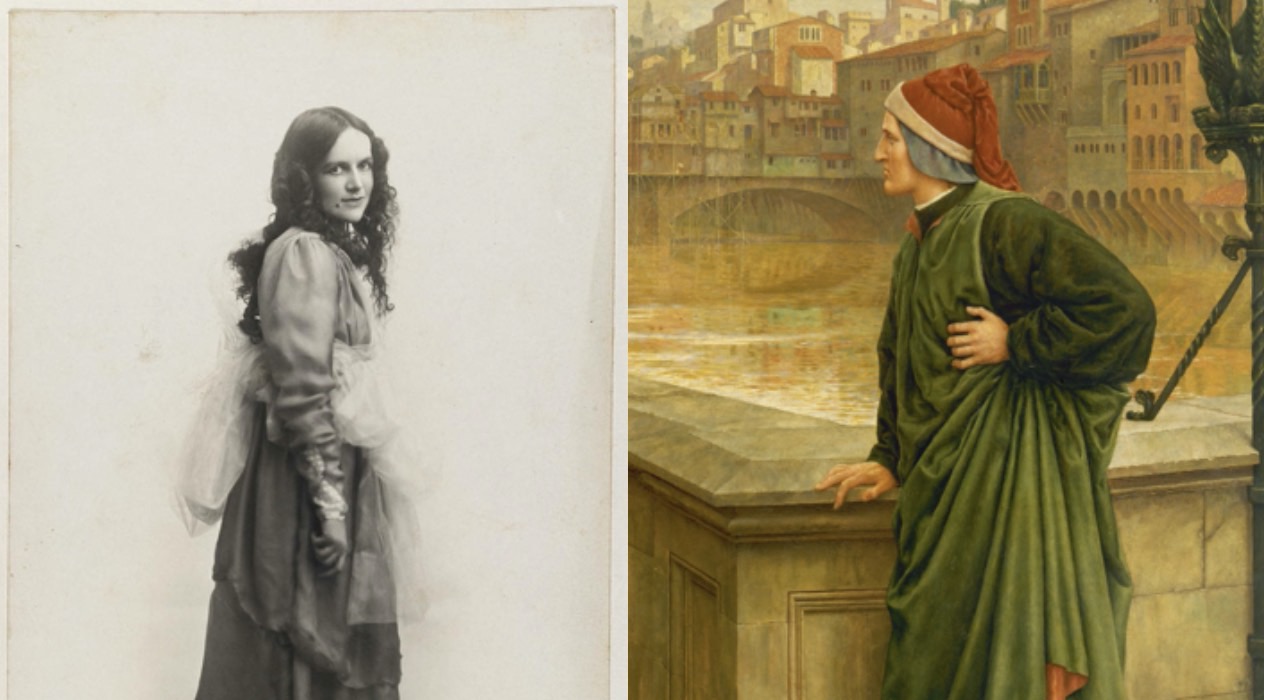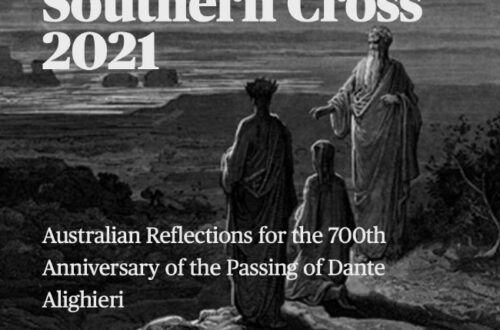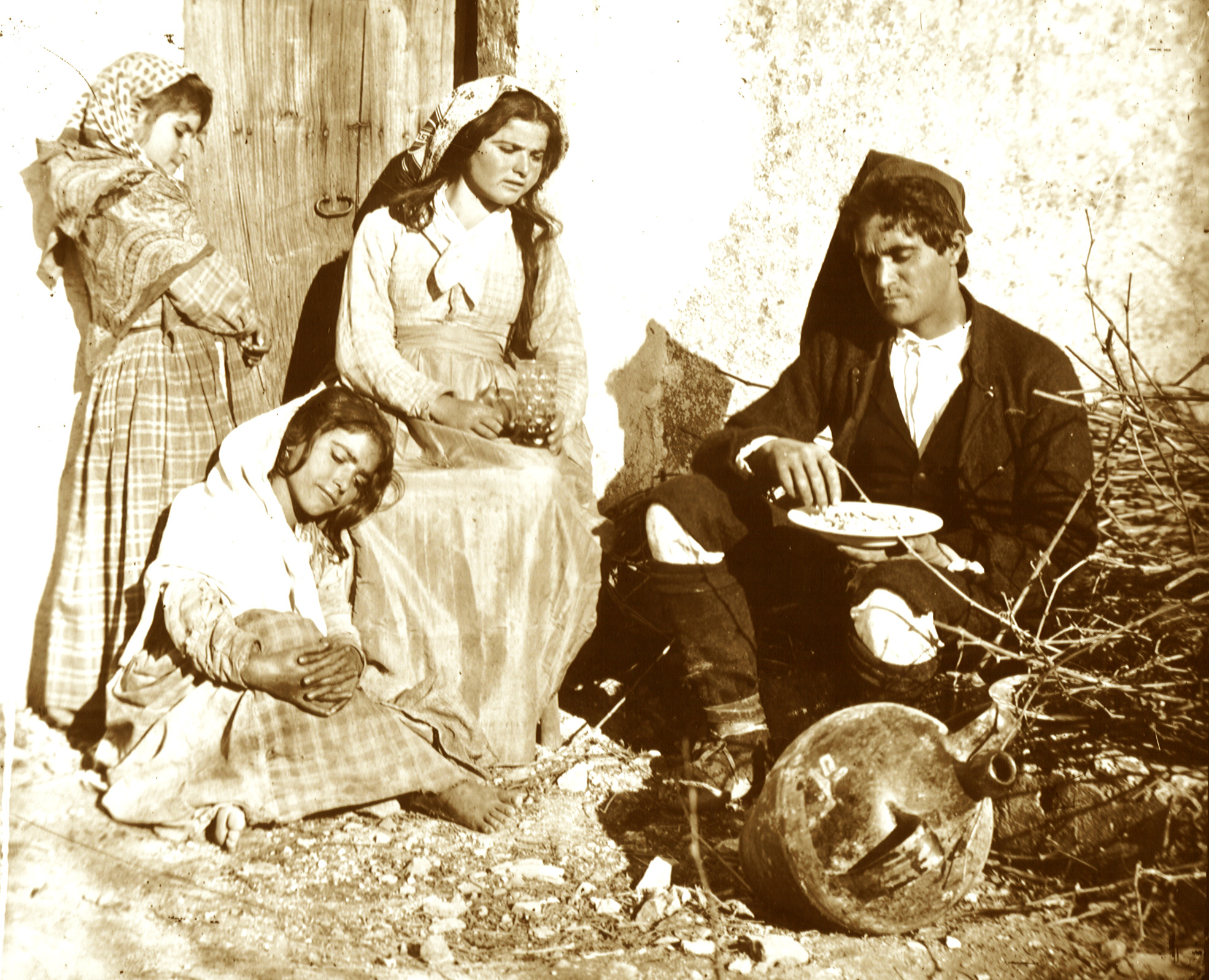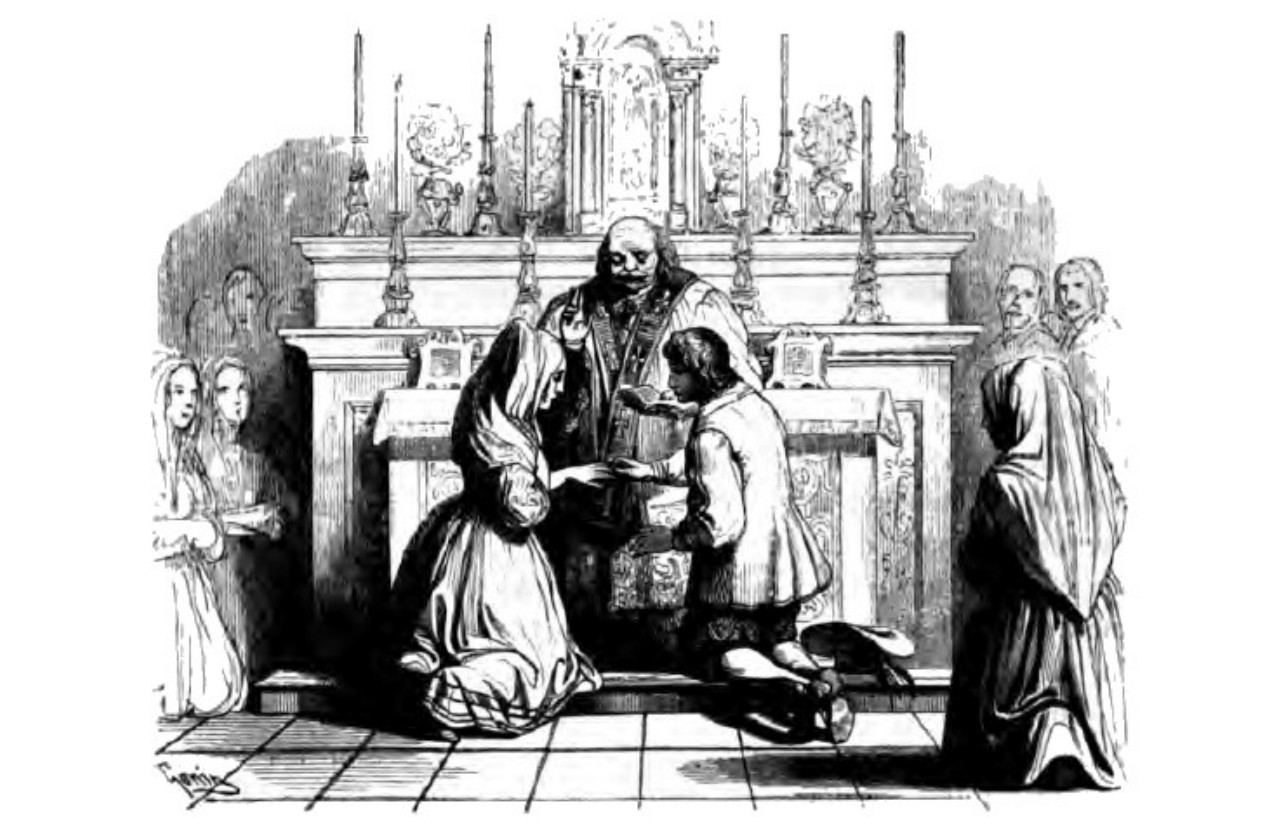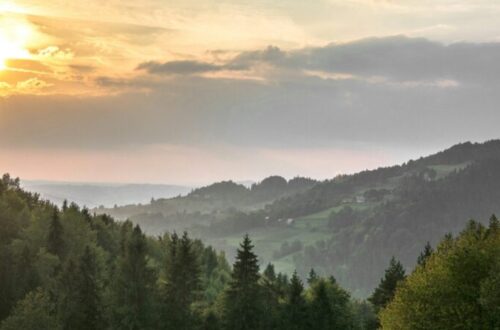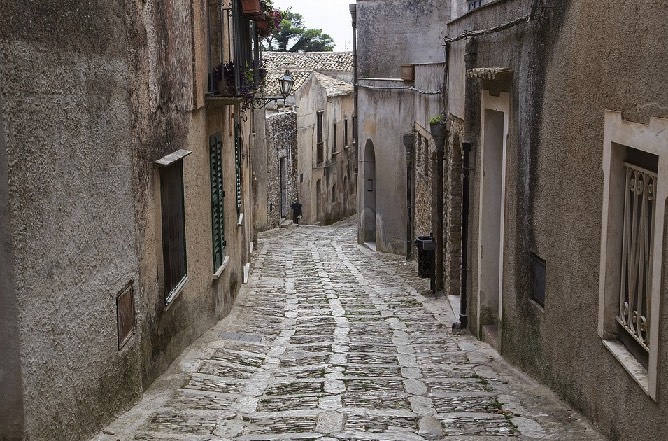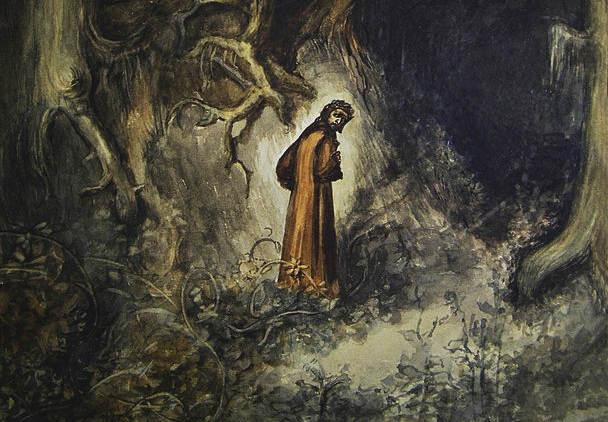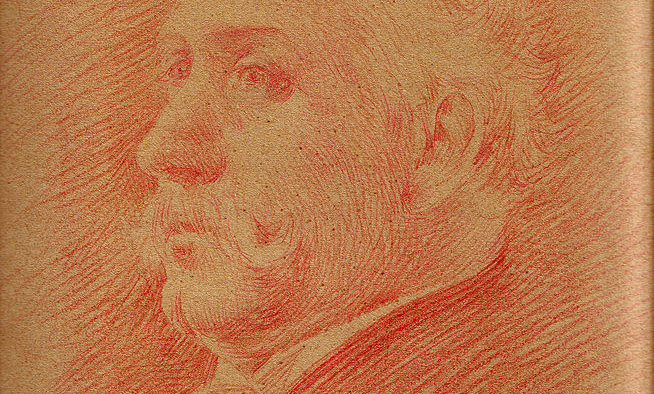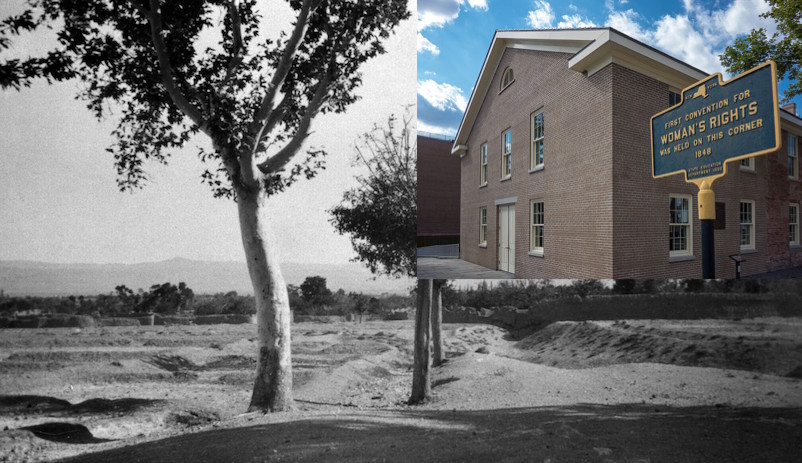-
The Dragon the Witch and the Daughters by Luigi Capuana (English Edition)
From a master of Italian verismo comes a classic short story of the genre, but with a twist. As characters come into conflict with each other, and “the Dragon” with himself, Capuana weaves together the grimness of real life with threads of subtle fairytale. For the first time translated into English by Michael Curtotti, The Dragon the Witch and the Daughters, transports us into the life of a nineteenth century village. Don Paolo Drago, “dragon by name, dragon by nature,” appears to dominate this world, yet he barely controls his own thoughts and feelings. Despite himself, he is drawn into the destiny of two orphans. Yet tragedy stalks the life of Don Paolo.…
-
Matilde Serao and the Life of Cristina
Matilde Serao was unusual. In 19th century Naples, she was a successful journalist, writer and newspaper proprietor. Her fiction was widely published and quite a few of her works were translated into English in her own lifetime. Cristina is the main character of Matilde Serao’s short story of the same name. But Cristina lives in another world. The story’s opening words begin to sketch its nature. While Cristina leant over to gather a fragrant clump of basil with which to flavour her tomato sauce boiling in the kitchen, she heard a brief and sweet whistle. Mentre Cristina si chinava a cogliere un ramoscello di basilico odoroso, da mettere come aroma…
-
Il Drago by Luigi Capuana Part 7: Ruminations of a Dragon
In this seventh instalment of Luigi Capuana’s Il Drago, in translation, we continue to follow the story of Don Paolo, Giovanna and Lisa and we learn Don Paolo’s fears. Il Drago Part 7: Ruminations of a Dragon by Luigi Capuana, translation Michael Curtotti He had put them to bed and then proceeded to bed himself, after first checking on the donkey. And (so that the children would not be exhausted) he had re-washed the pots and pans himself. But he could not sleep. In his mind he was before the judge; ruminating on what he would say to him. He spoke aloud, almost as if the judge stood before him;…
-
The Resurrection of Don Paolo: Il Drago Part 5
In this fifth instalment of Il Drago, Don Paolo comes back to life. After the unexpected battle between the Old Dragon and the Witch, the children’s old lives with her have been swept away. Don Paolo’s long dead daughters, Lisa and Giovanna, have risen from the grave. And the Old Dragon has much to do. The previous instalments of Il Drago are accessible at the end of this article. The Resurrection of Don Paolo Within two days the house was unrecognizable. In one room, two made up beds could be seen, one next to the other. The Old Dragon had put them together, assisted by the two girls, who had entertained…
-
Don Paolo: the Making and Unmaking of a Dragon (Il Drago Part 3)
In this third instalment of Il Drago by Luigi Capuana we learn how Don Paolo became “Dragone”. Who is this fearsome old man who chased the children away when they begged in the streets? And took them in, in what all said was a miracle? And how was it that the Dragone was unmade? The Making and Unmaking of Don Paolo Dragone by Luigi Capuana (translation: Michael Curtotti) It had been years and years that the Dragon had lived alone in his tenement, doing all for himself. Two large rooms on the ground floor, and four smoky rooms on the first floor. For one person it would have been more than ample,…
-
Il Drago and Luigi Capuana’s search for redemption
Luigi Capuana was a nineteenth century writer. His work, The Old Dragon (Il Drago), although an apparently light children’s story, carries a poignant loss and search for redemption. In a strange way the story is a “might have been” of Luigi Capuana’s life and of the children he never admitted as his own. Luigi Capuana, Giuseppina Sansone and their children Giuseppina Sansone is central, although whether she is portrayed in the story is debatable. She is a love of much Luigi Capuana’s life. He met her at age 37 and she was an unmarried partner for the next twenty years. She is almost entirely invisible, while he is a noted Italian…
